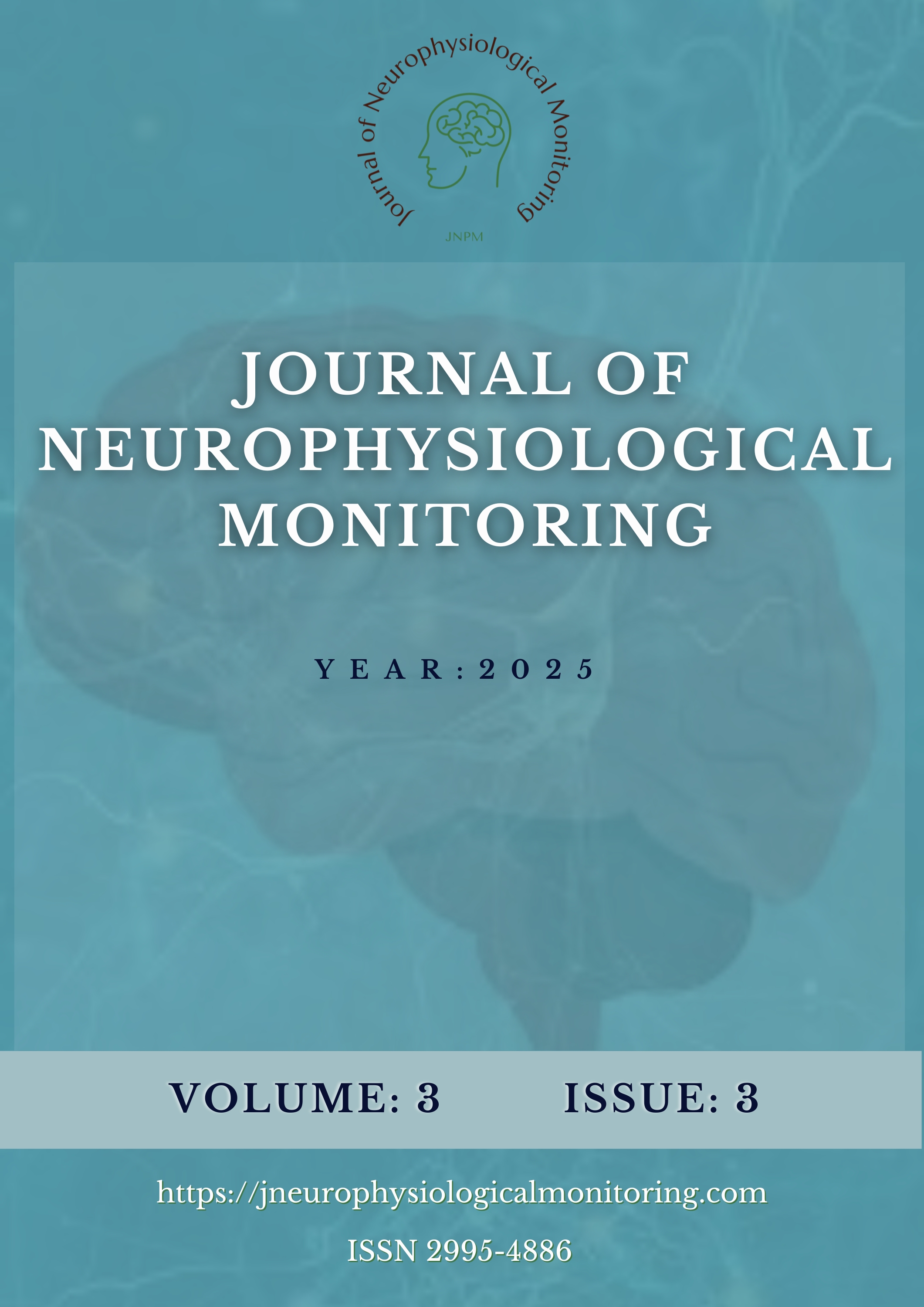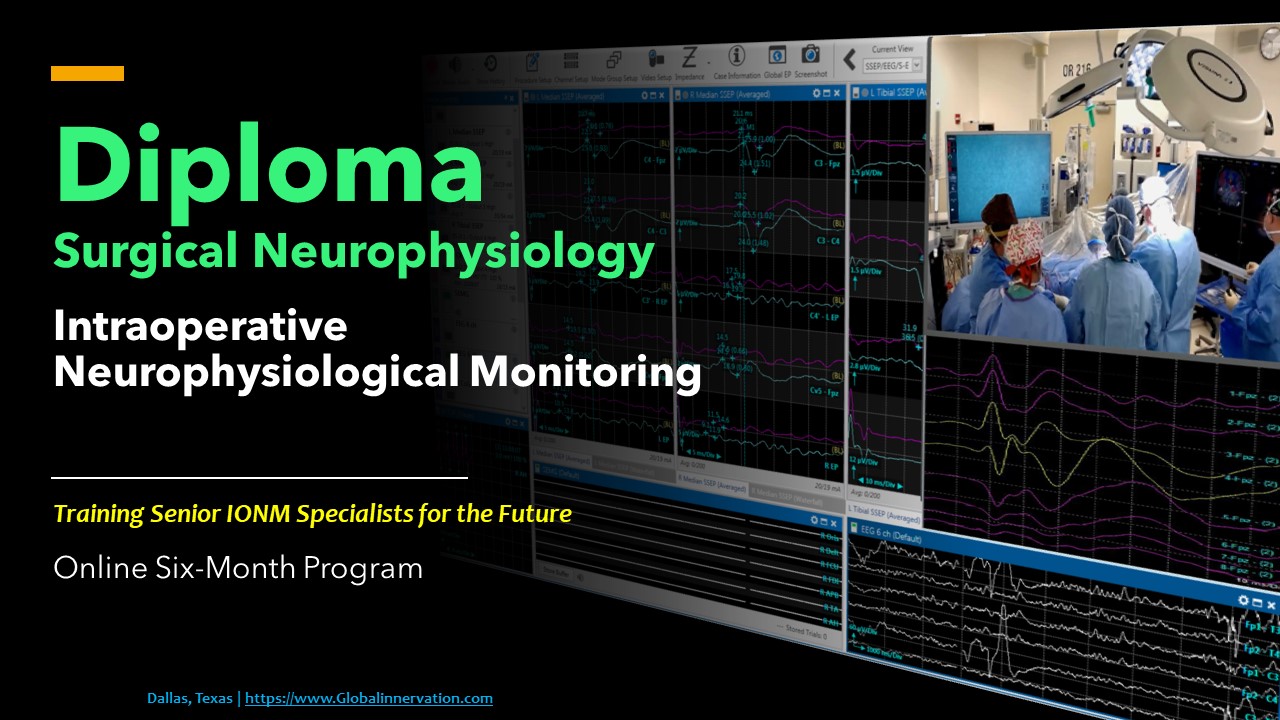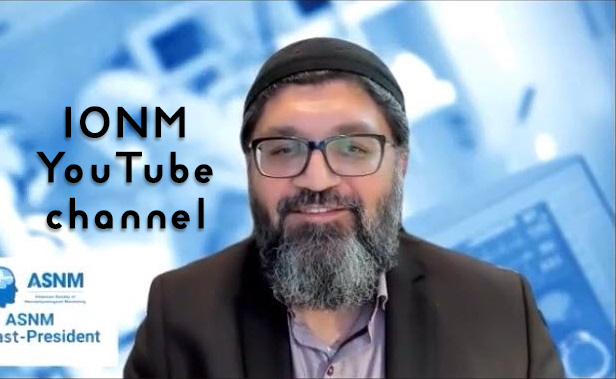Evaluating Neurological Outcomes in Neonates Through SSEP: A Review of Current Evidence
DOI:
https://doi.org/10.5281/zenodo.16923257Keywords:
neonates, infants, somatosensory evoked potential, SEP, SSEPAbstract
Somatosensory evoked potentials (SSEPs) are increasingly recognized as valuable tools for assessing neurological function, maturation, and prognostic outcomes in neonatal populations. This systematic review evaluates the efficacy and practicality of SSEPs in preterm infants (less than 32 weeks of gestation) and full-term infants up to 6 months of age.
Findings indicate that SSEPs provide reliable biomarkers for neural development and predictive indicators for conditions such as cerebral palsy (CP). Posterior tibial SSEP recordings demonstrated a positive predictive value of 83% for CP, outperforming cerebral ultrasound and visual evoked potentials (VEPs). SSEPs also show clinical relevance in intraoperative neurophysiological monitoring (IONM), particularly during procedures involving extracorporeal membrane oxygenation (ECMO).
Despite promising results, limitations persist, including small sample sizes, lack of longitudinal follow-up, and variability in recording protocols. Factors such as anesthesia response, physiological state, and gestational age contribute to inconsistencies. Future research should prioritize protocol standardization and multimodal integration with brainstem auditory evoked potentials (BAEPs), motor evoked potentials (MEPs), and electroencephalography (EEG). Longitudinal studies are essential to assess the enduring impact of early SSEP findings on neurodevelopmental trajectories. Establishing SSEPs as a routine diagnostic tool may enhance early intervention strategies and improve outcomes for at-risk neonatal populations.
References
Pike AA, Marlow N. The role of cortical evoked responses in predicting neuromotor outcome in very preterm infants. Early Hum Dev. 2000 Feb;57(2):123-35. doi: 10.1016/s0378-3782(99)00061-4.
McDevitt, W. M., Farley, M., Martin-Lamb, D., Jones, T. J., Morris, K. P., Seri, S., & Scholefield, B. R. (2023). Feasibility of non-invasive neuro-monitoring during extracorporeal membrane oxygenation in children. Perfusion, 38(3), 547–556. https://doi.org/10.1177/02676591211066804
Shalita C, Sankey EW, Bergin SM, McManigle J, Buckley AF, Radtke R, Torres C, Dear GL, Thompson EM. Successful Neonatal, Intraoperative Neuromonitoring in the Surgical Correction of a Thoracic Dermal Sinus Tract: Technical Note. Pediatr Neurosurg. 2022;57(4):295-300. doi: 10.1159/000524924
Gilmore, R., Brock, J., Hermansen, M. C., & Baumann, R. (1987). Development of lumbar spinal cord and cortical evoked potentials after tibial nerve stimulation in the pre-term newborns: effects of gestational age and other factors. Electroencephalography and clinical neurophysiology, 68(1), 28–39. https://doi.org/10.1016/0168-5597(87)90067-0
Khedr, E. M., Farghaly, W. M., Amry, S.el-D., & Osman, A. A. (2004). Neural maturation of breastfed and formula-fed infants. Acta paediatrica (Oslo, Norway : 1992), 93(6), 734–738. https://doi.org/10.1111/j.1651-2227.2004.tb03011.x
Pike AA, Marlow N, Dawson C. Posterior tibial somatosensory evoked potentials in very preterm infants. Early Hum Dev. 1997 Jan 3;47(1):71-84. doi: 10.1016/s0378-3782(96)01774-4. PMID: 9118831.
Zhu, Y., & Georgesco, M. (1987). Normal latency values of early cortical somatosensory evoked potentials in children. Retrieved from https://doi.org/10.1016/0168-5597(87)90058-X
Toleikis, J.R., Pace, C., Jahangiri, F.R. et al. Intraoperative somatosensory evoked potential (SEP) monitoring: an updated position statement by the American Society of Neurophysiological Monitoring. J Clin Monit Comput 38, 1003–1042 (2024). https://doi.org/10.1007/s10877-024-01201-x
Dachy, B. (2017), Does sensitivity to arousal improve the prognostic value of somatosensory evoked potentials in newborn infants?. Dev Med Child Neurol, 59: 890-890. https://doi.org/10.1111/dmcn.13505.
Pierrat V, Eken P, de Vries LS. The predictive value of cranial ultrasound and of somatosensory evoked potentials after nerve stimulation for adverse neurological outcome in preterm infants. Dev Med Child Neurol. 1997 Jun;39(6):398-403. doi: 10.1111/j.1469-8749.1997.tb07453.x.
Klimach VJ, Cooke RW. Maturation of the neonatal somatosensory evoked response in preterm infants. Dev Med Child Neurol. 1988 Apr;30(2):208-14. doi: 10.1111/j.1469-8749.1988.tb04752.x.
Downloads
Published
How to Cite
Issue
Section
License
Copyright (c) 2025 J of Neurophysiological Monitoring

This work is licensed under a Creative Commons Attribution 4.0 International License.





